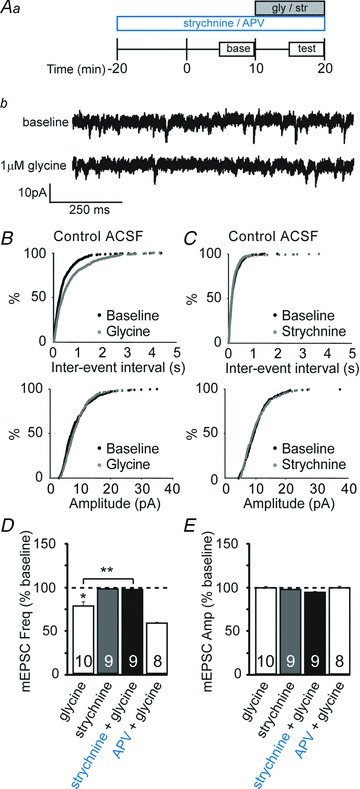Figure 8. Strychnine-sensitive GlyRs decrease neurotransmitter release but lack tonic effects in older mice.

Aa, schematic diagram of experimental design. Antagonists (strychnine or d,l-2-amino-5-phosphonopentanoic acid (d,l-APV)) were applied 20 min prior to the start of recordings. After a 10 min baseline period, glycine (gly) or strychnine (str) was applied for 10 min. Ab, example whole-cell recording from a L2/3 pyramidal cell depicting miniature excitatory postsynaptic currents (mEPSCs) recorded at baseline and during bath application of 1 μm glycine in a visual cortex slice from a P32 mouse. B, cumulative probability distributions show effect of glycine (1 μm) on mEPSC frequency, but not amplitude. C, cumulative probability distributions show no effect of strychnine (3 μm) on mEPSC frequency or amplitude. D, averaged normalized data from P28–35 mice demonstrating that glycine (1 μm) reduced mEPSC frequency; application of strychnine (3 μm) had no effect on mEPSC frequency at this age. Strychnine (3 μm) but not d,l-APV (100 μm) prevented the glycine-dependent reduction in mEPSC frequency. Asterisks denote significance (P < 0.05). E, averaged normalized mEPSC amplitude; no significant changes were observed with any of the pharmacological manipulations. Sample sizes in D and E are given within the bars. The mEPSC frequencies and amplitudes were normalized to the averaged baseline levels before glycine or strychnine application.
